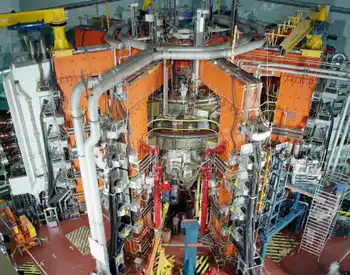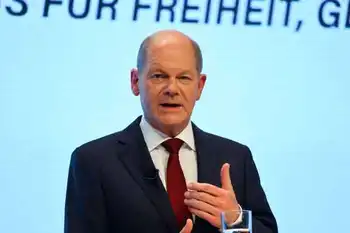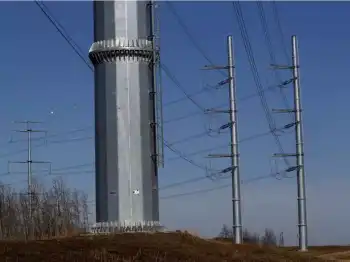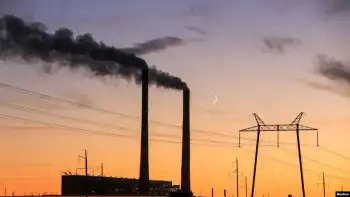New report gives thumbs down to more nuclear
By Electricity Forum
Substation Relay Protection Training
Our customized live online or in‑person group training can be delivered to your staff at your location.

- Live Online
- 12 hours Instructor-led
- Group Training Available
Environment America, the Sierra Club and a national energy expert called on states and Congress to focus on energy efficiency and renewable energy instead of nuclear power as the solution to global warming.
“When it comes to global warming, time and money are of the essence and nuclear power will fail America on both accounts,” said Anna Aurilio, Washington DC Office Director of Environment America. “With government dollars more precious than ever, nuclear power is a foolish investment that will set us back in the race against global warming,” she added.
Environment America’s new report released today, Generating Failure: How Building Nuclear Power Plants Would Set America Back in the Race Against Global Warming” analyzes the role, under a best-case scenario, that nuclear power could play in reducing global warming pollution. Some key findings of the report include:
• To avoid the most catastrophic impacts of global warming, America must cut power plant emissions roughly in half over the next 10 years. No new reactors are now under construction in the United States, and building a single reactor could take a decade or longer. As a result, it is quite possible that nuclear power could deliver no progress in the critical next decade, despite spending billions on reactor construction.
• Even if the nuclear industry somehow managed to build 100 new nuclear reactors by 2030, nuclear power could reduce total U.S. emissions of global warming pollution over the next 20 years by only 12 percent. As a result, America would burn through its 40-year electric sector carbon budget - the limit on carbon emissions determined by scientists to be necessary to stave off the worst impacts of climate change - in just 15 years.
• In contrast, energy efficiency and renewable energy can immediately reduce global warming pollution. Energy efficiency programs are already cutting electricity consumption by 1-2 percent annually in leading states, and the U.S. wind industry is already building the equivalent of three nuclear reactors per year in wind farms. America has vast potential to do more.
• Building 100 new reactors would require an up-front investment on the order of $600 billion dollars – money which could cut at least twice as much carbon pollution by 2030 if invested in clean energy. Taking into account the ongoing costs of running the nuclear plants, clean energy could deliver as much as 5 times more pollution-cutting progress per dollar overall.
• Nuclear power is not necessary to provide clean, carbon-free electricity for the long haul. The need for base-load power is exaggerated and small-scale clean energy solutions can actually enhance the reliability of the electric grid.
“Nuclear energy remains as flawed an idea today as it was in the 1980’s — the last time it was rejected by the American public,” said Dave Hamilton, Director of Energy Programs at the Sierra Club. “Today we have cleaner, cheaper, faster solutions that we should be investing in before we seriously consider reviving the nuclear dinosaur,” he added.
To address global warming, state and federal policy makers should focus on improving energy efficiency and generating electricity from clean sources that never run out – such as wind, solar, biomass and geothermal power, according to Environment America and the coalition groups that attended today’s event.
“Every new nuclear power plant built would be a step backwards when it comes to solving global warming.” said Aurilio. “Clean energy solutions like energy efficiency and renewable energy sources such as wind and solar power are far more effective than nuclear power in both cutting global warming pollution and saving consumers’ money,” she added.
“New nuclear power investments would actually worsen climate change because the money spent on nuclear reactors would not be available for solutions that fight it faster and at lower cost,” said Peter Bradford, a former U.S. Nuclear Regulatory Commissioner. “Counting on new nuclear reactors as a climate change solution is no more sensible than counting on an un-built dam to create a lake to fight a nearby forest fire."











